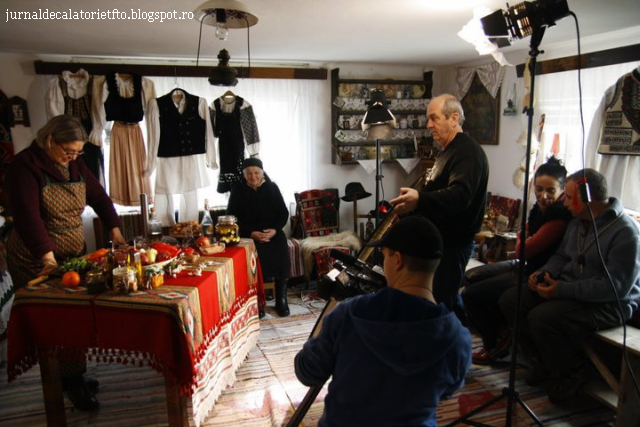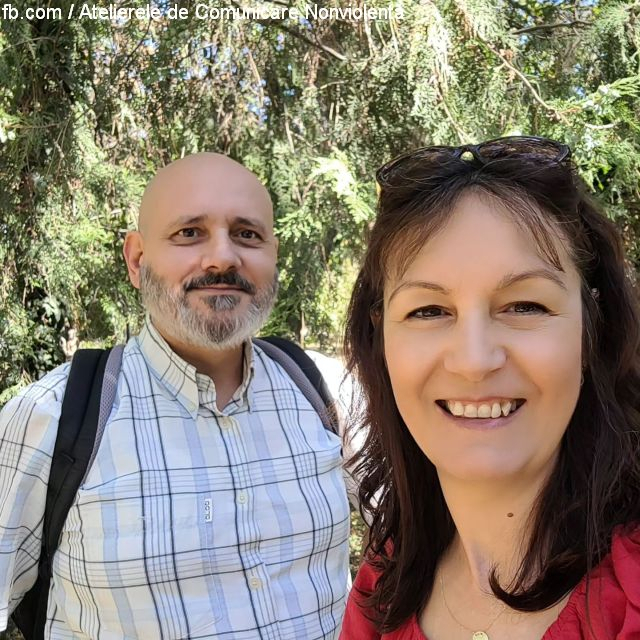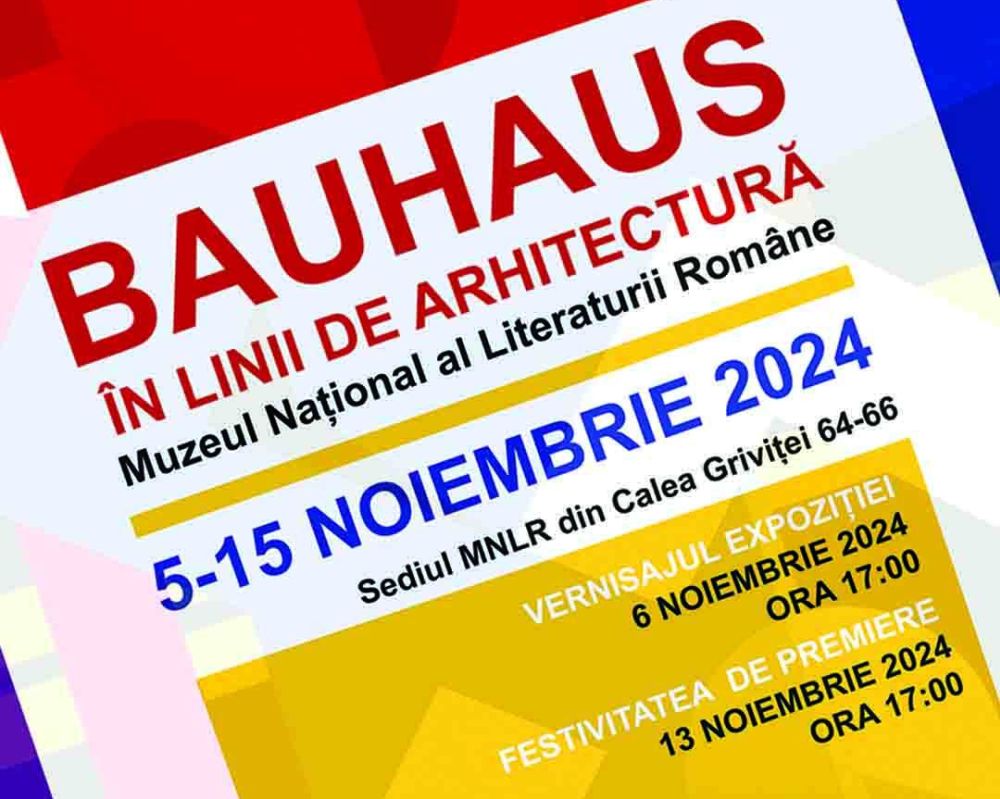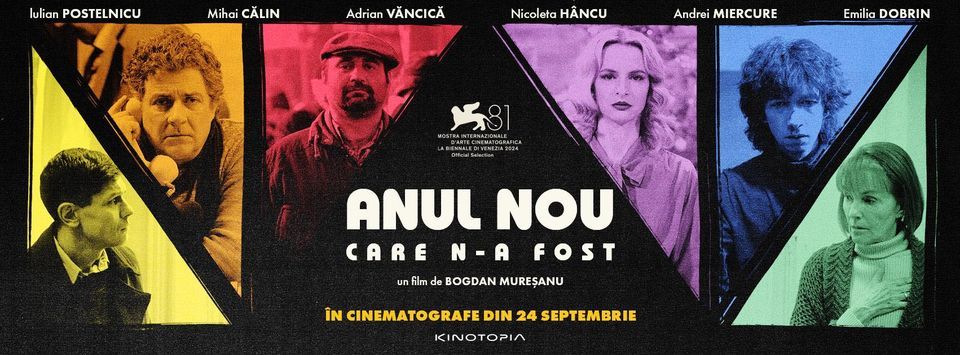Mapping Lore Keepers
In 2012, Razvan Voiculescu started searching all throughout Romania for what he calls lore keepers.

România Internațional, 17.08.2014, 01:50
In 2012, Razvan Voiculescu started searching all throughout Romania for what he calls lore keepers. By lore he means not the philosophical meaning of life, but rather the common sense and use of every gesture, the meaning of every object, as understood by real Romanian peasants, who learned from their elders why the world works this way and not another. The risk today is that this lore should disappear, alongside the traditions replaced by the modern world, and the roots and sense of belonging of each and every one of us. In order to find those who miraculously resisted the changes sweeping Romania in the last 70 years, Razvan Voiculescu resorted to people he knew and a Facebook community that came into existence almost effortlessly. This is how he identified no less than 58 craftsmen who, in spite of their age, could still tell stories of their crafts and their life. The first recalled by Razvan Voiculescu is an old school teacher:
Razvan Voiculescu: “I found a gentleman in Bukovina famous all over his village, he was the last of the church deacons. In his youth he taught children at church, and what he taught them was a sort of blend of general knowledge, within the limits of what passed for general knowledge in the 1930s and ‘40s, and biblical teachings. This is why he was called a deacon. He is the only one I found who was still coherent at 90 years of age, but the recordings and photos came out well.”
With the help of director Serban Georgescu and a small team of photographers, Razvan Voiculescu knocked on the doors of those who have no one to pass their crafts to. He remembers some of them in particular:
Razvan Voiculescu: ”Cuza Perta of Fagaras Country told me that in his 60 years as a traditional whittler he had countless generations of young people who seemed very passionate, very industrious and eager to learn, but most of them did not last more than 2 or 3 months, because they believed they had learned all there was to learn. There were a few young people who were truly interested, young people who visited him out of curiosity more than anything, rarely as an apprentice. This is the cruel reality. They are the last generation, those born 70 or 80 years ago. They have no legacy, they are the last of a generation that identified with a certain spirit that in the meantime has vanished. The few that, by some miracle still absorb the knowledge of these people, only learn their handiwork.”
In southern Banat they found Iosef, an ethnic Czech, the only one in a community of five villages who still had a workshop. All his life he’s been making a type of horse harness called komotu, a sort of spectacularly ornate large collar, allowing the horse to draw carts with his breast, its most powerful part.
Razvan Voiculescu: “The last order he got was in 1990, so 21 years later he still had the workshop, where he went every week to mend little things. He was still making the komotu, which took him a year to make because of his age. In the 1940s there were 60 or 70 people who knew how to make something like that, each with his own specialty, in order to put together this very special harness. Now he makes one a year, which he sells for a few hundred Euros, because they are impressing in terms of decorations and handiwork.”
Aristotel Erhan of Bukovina makes alpenhorns. He is one of the five characters you can see on the short films on the DVD accompanying the photo album made by Razvan Voiculescu:
Razvan Voiculescu: “He is a man who is well read, who insists on making alpenhorns the old way. No power tools, he doesn’t handle a single tool that his grandfather would not have had. This is what I liked a lot, the care he took of them, in order to make a few alpenhorns a year. He made me understand how hard it is to make an alpenhorn. First he told me how many weeks it takes him to use a tree that he first beats, looks at it, dents it to see the fiber which is going to be the raw material he uses. It is a matter of resonance, of fiber, of dryness, of how well it aged. The bark he uses to cover the two long halves of the alpenhorn has to be of a certain resonance, you can’t use any old bark. After finding the wood, he works for a few weeks with someone else, he can’t make the horn by himself. He used to have two apprentices who helped him, and also knew how to play it. Aristotel Erhan told me that for him the sound of the horn is the link between him and God.”
The album called Lore, the 11th in photographer Razvan Vasilescu’s career, also has a map of lore keepers. This map of Romania has 58 markings, the places where you can visit the people he photographed:
Razvan Voiculescu: “I drew an imaginary route for those who want to discover the profound side of Romania. I wrote the name of the village, of the person, and of their craft. At the launching event I told the people gathered there: can we agree that we, people from Bucharest, take a couple of long weekends in Bulgaria or Greece? We leave Thursday and come back on Sunday. Yes, they said. Well, I am extending an invitation to us good Romanians to set aside one of these long weekends. Let’s take the map of lore keepers, pick a three-day route that allows you to visit four or five of these people, and go knock on their door, see how happy they will be. The fact that they get visited by people eager to find out more about these lore keepers is a great joy. They’ll be gone in a few years. As good Romanians, it is worth getting to know these people”.
Right now, Razvan Voiculescu continues his search across Romania for more lore keepers for his next album, which will be called ‘Yearning for Lore’.






























